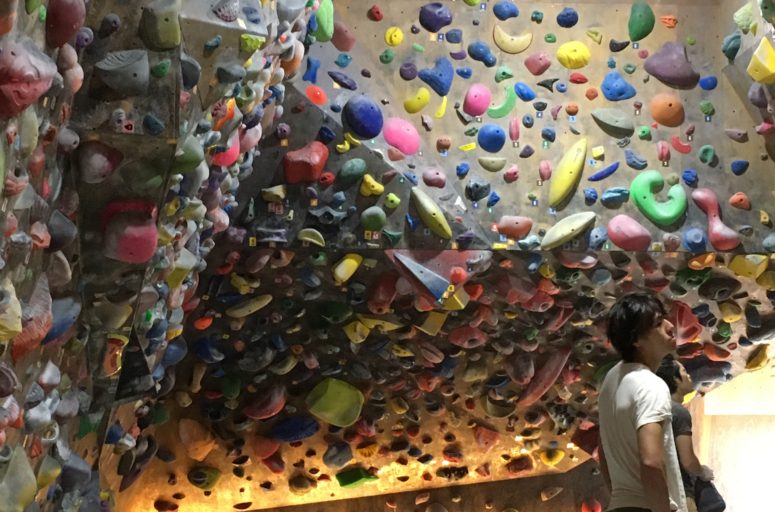Are you planning on staying in Japan for longer than one year, and would like to have the option to drive? Then you’ll have no other choice but to acquire a Japanese driver’s license. Here’s what you need to know about driving in Japan in a nutshell:
- Anyone wanting to drive in Japan will need to fulfill one of three basic requirements:
- Your valid driver’s license plus a Japanese Translation
- Your valid driver’s license plus an International Driving Permit (IDP)
- A valid Japanese driver’s license
Option 1: Your valid driver’s license plus a “Japanese Translation”
This is the option for folks from Belgium, Estonia, France, Germany, Monaco, Switzerland and Taiwan. It’s simple enough to acquire through the following steps:
- Fill out the Japan Automobile Federation (JAF) Application Form, which can be downloaded in advance online
- Armed with your valid foreign driver’s license and your application form, once you’ve arrived in Japan, head to the nearest JAF office (see this list) and ask for an official Japanese Translation
- This should take somewhere between 1 to 2 hours depending on the office you visit and cost you around JPY 3,000 (roughly $30)
Voila, you’re all done. You’ll only need your original driver’s license and the Japanese Translation with you at all times and you’re good. Note that the Japanese Translation is valid for the same period as your foreign driver’s license. It allows you to drive one year from the date of your entry, after which you would need to acquire a Japanese driver’s license, or leave the country for longer than three months and return, upon which the translation would be valid for another year (useful if you plan on visiting Japan often for holiday).
Option 2: Your original driver’s license plus an International Driving Permit
Same as Option 1 but easier as you won’t need to get the Japanese Translation. Simply acquire the IDP at your local transport authority in your home country and bring this with you when visiting Japan.
Option 3: A Japanese driver’s license
If you plan on staying longer than one year and are a resident of Japan then this is a must. People will fall into two categories for this application: (a) those that need only provide documents and take a small interview and (b) those that are required to take a written and practical examination. This is based on the origin of your foreign license (find a list of exam exempt countries here).
For group (a) following documents are required before heading to your local Japanese Driving Centre (運転免許試験場) in your prefecture:
- Your valid foreign driver’s license
- Proof that you stayed in your license issuing country for at least three months after obtaining the license (certificate of employment or local registration / de-registration document)
- A translation of the above documents so that it can be read
- Japanese Translation of your foreign driver’s license (issued by the JAF)
- You valid foreign passport
- Your residency card
- A passport photo
- Someone to help you translate the questions during the brief interview
With all this prepared, search for the closest Driving Center in your prefecture (good list here). Some will require an advanced booking, others will just require you to turn up on a specified day and take a number and wait for your turn in the process. Unfortunately you’ll need to either call or Google which applies to you. Some require you to come back a second time. At my local Driving Centre (link) the process was as follows and completed on the day:
- 09:30 – pull a number and wait for the interview
- 10:30 – interview with Driving Center officer who checks your documents, does a short Q&A with you and administers an eye test
- 11:00 – pay the fee at the payment counter, then wait / go for lunch
- 13:00 – listen to an explanation about the Japanese driving license (in Japanese)
- 13:30 – line up to take the photo for your Japanese license
- 14:00 – line up to receive your Japanese license
And that’s it. Your Japanese license will have a finite validity (usually 3 years) after which it will need to be renewed through a similar process. For those that need to take the exams you’ll find helpful articles online. The written exam can be taken in foreign languages and seems fairly easy, however, the practical exam seems a little more complicated and may require a few attempts to pass. Either way, good luck and enjoy driving in Japan!


